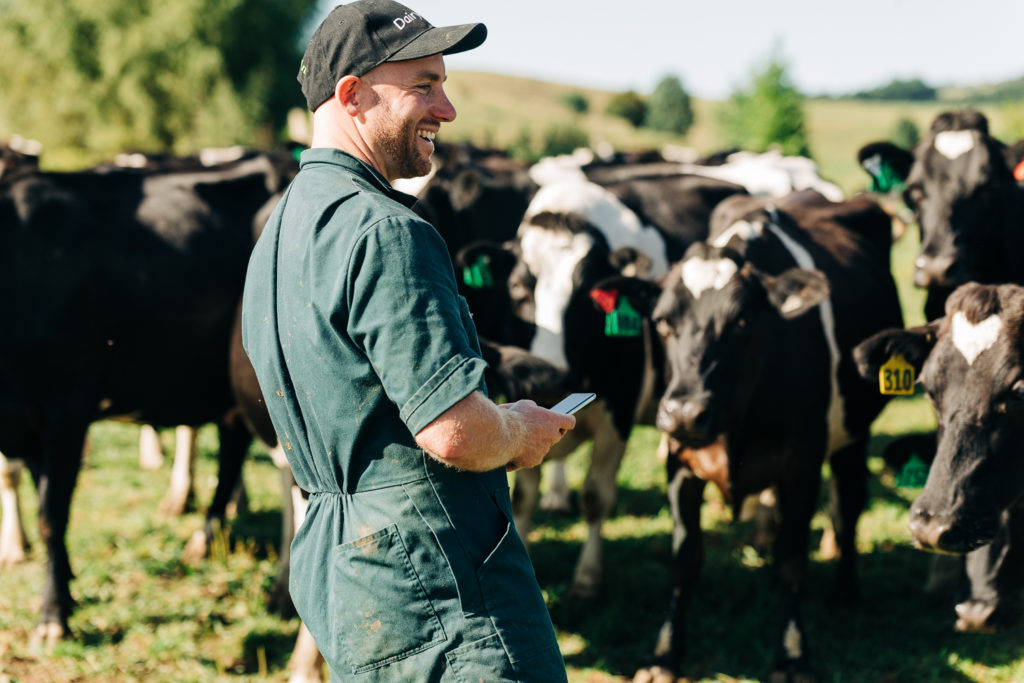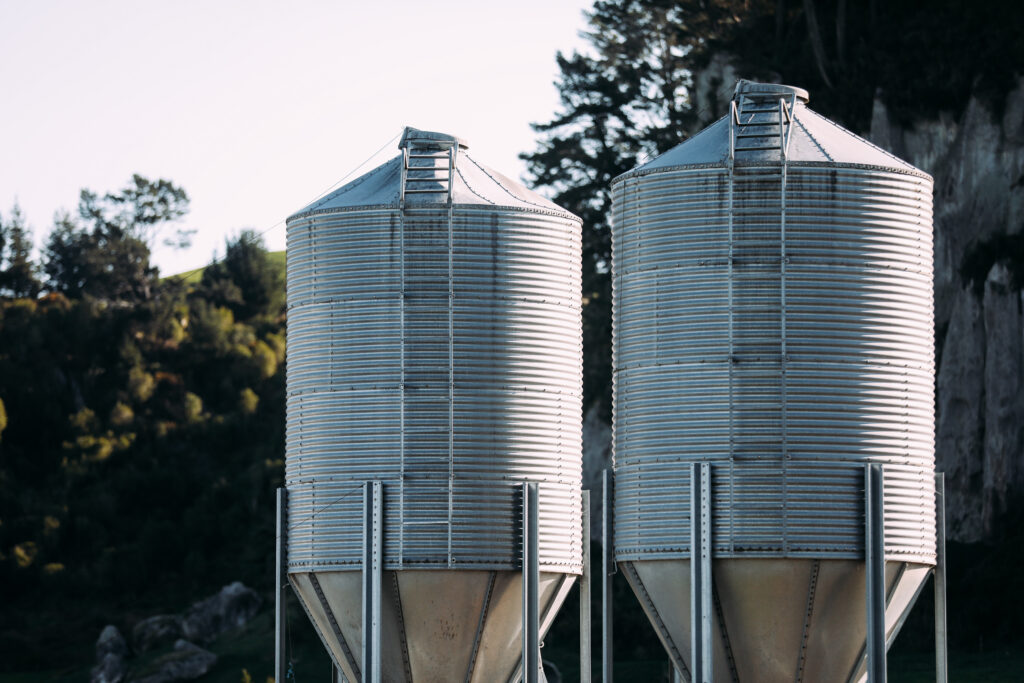Waikato farmer plans ahead to avoid feed shortages
This story was originally published in Open Country’s TalkMilk supplier newsletter (April 2022)
With increasing global uncertainty disrupting supply chains, Te Pahu farmer Andrew Lord has planned to ensure he has critical supplies for the season ahead to keep his high input farm system operating efficiently.
The Open Country supplier and GrainCorp Feeds customer milks three herds across two properties covering 200 effective hectares. He runs a System 5 operation with a total of 810 cows producing around 430,000 kgMS each season.
Andrew has been with Open Country since 2016. He says while milk prices are reaching record highs this year, he is conscious of what is happening on the world stage and the unprecedented uncertainty with challenges like COVID-19 and the war in Ukraine.
His operation relies on fully feeding his herds year-round. He has worked closely with his feed supplier to tap into their team’s technical expertise to ensure he has the right feed locked in as far forward as possible.
“We fully feed our herds all year round and take a similar approach to European and American feed systems, which don’t change the make-up of their herds’ diets by more than one percent per day,” he says.
“A consistent diet is better for the cows’ rumen and the microbes that break down feed, creating energy and keeping the milk pumping.
“We analyse body condition score and keep looking ahead as to what might be happening so we can prioritise fully feeding the herd throughout the season. When we see pasture growth dropping off, we proportionally increase all our feed to keep a well-balanced diet for the herds.”
Throughout the year Andrew feeds his herds grass silage, maize silage, palm kernel, tapioca, starch pellets, soya bean meal, canola, water, and minerals. He has mixing wagons on both farms.
With the high payout looming and feed prices increasing, Andrew assessed the forecast pricing in the dairy derivatives market and locked in a feed price going forward. This also gives him certainty about what his business’ margins will be.
“I’d encourage all farmers to look ahead and identify areas of the supply chain that could pose a risk to their businesses. Then they should work with their suppliers to ensure they have a strategy in place to mitigate these risks and ensure they have what they need when they need it,” says Andrew.
While it is always a delicate balance, Andrew says forward planning helps him keep his operation on a reasonably even keel and ensures he is getting a good return on his investment in feed and supplements.
“Essentially in this high payout year I have all my feed and supplements locked in for the next 12 months to protect us if the industry does experience supply shortages,” says Andrew. “There are signs that this is already happening.”




